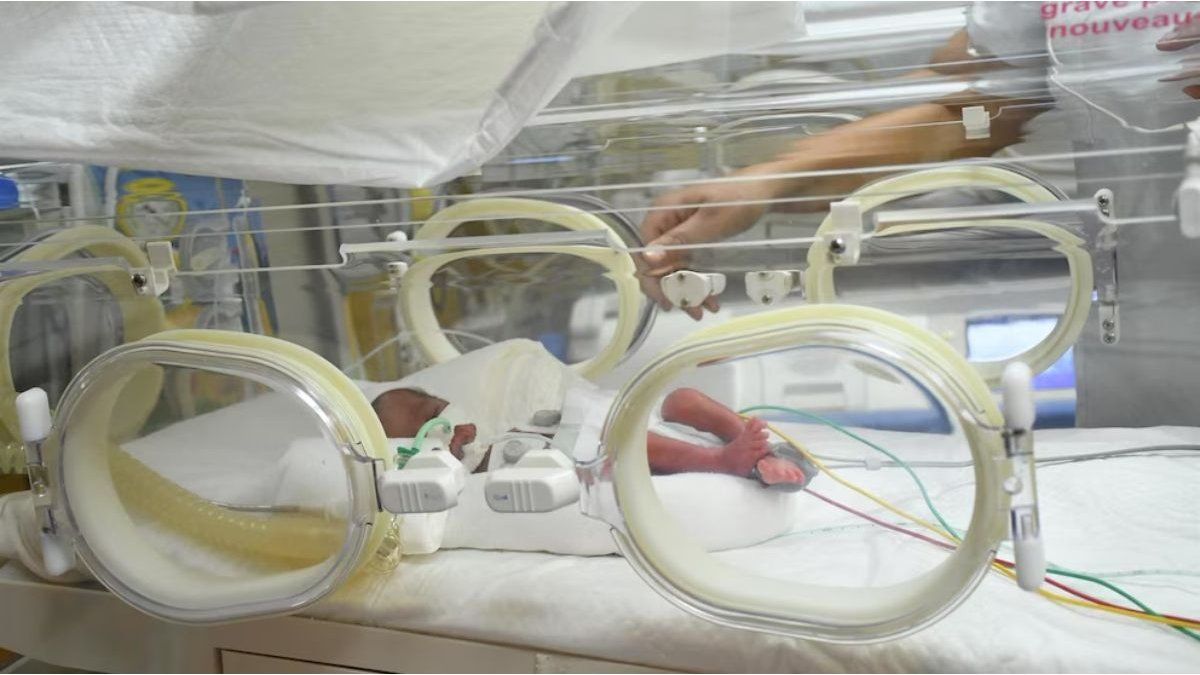In addition to the general recommendation to increase the vaccination rate with the third bite as quickly as possible, it is also about the fourth vaccination. The NIG does not generally recommend this, but it should be offered in the high-risk and system-critical area from six months after the third stitch.
That would affect the particularly exposed health workers. The prerequisite is that the person concerned expressly requests this and a doctor has made an individual assessment; it is an off-label vaccination. “There is still no evidence that this additional vaccination can prevent infections. However, it can be assumed that it can prevent serious illnesses,” said the recommendations of the NIG.
In addition, children and adolescents from the age of twelve can receive the third stitch off-label in exceptional cases after an individual medical assessment at their request or at the request of their guardian as early as four months after the second stitch. The third stitch is recommended over twelve six months after the second stitch. For people over the age of 18, the NIG expressly recommends the third prick four months after the second vaccination.
To this end, the Novavax vaccine – the first protein-based corona vaccine – was added to the list of approved substances. It can be used in people over 18 in two doses at an interval of three weeks (interval 16 to 45 days) and is primarily intended for first-time vaccinations or for patients with contraindications to the other vaccines that have previously been approved.
In the meantime, the Ministry of Health announced further information to the APA on Thursday evening in the discussion about vaccines that would soon expire. Accordingly, 2.7 million vaccine doses are currently exceeding their expiration date in the first quarter of 2022. In addition, 280,000 doses of AstraZeneca would expire in December. 3.65 million cans will expire in the second quarter of 2022. “There is no acute risk that these vaccination doses will expire,” emphasized the ministry, referring to the “current high vaccination rates”. Up to 100,000 stitches are currently administered daily. It is possible to donate doses to third countries if the current vaccination rate slows down significantly in the first quarter.
Source: Nachrichten




